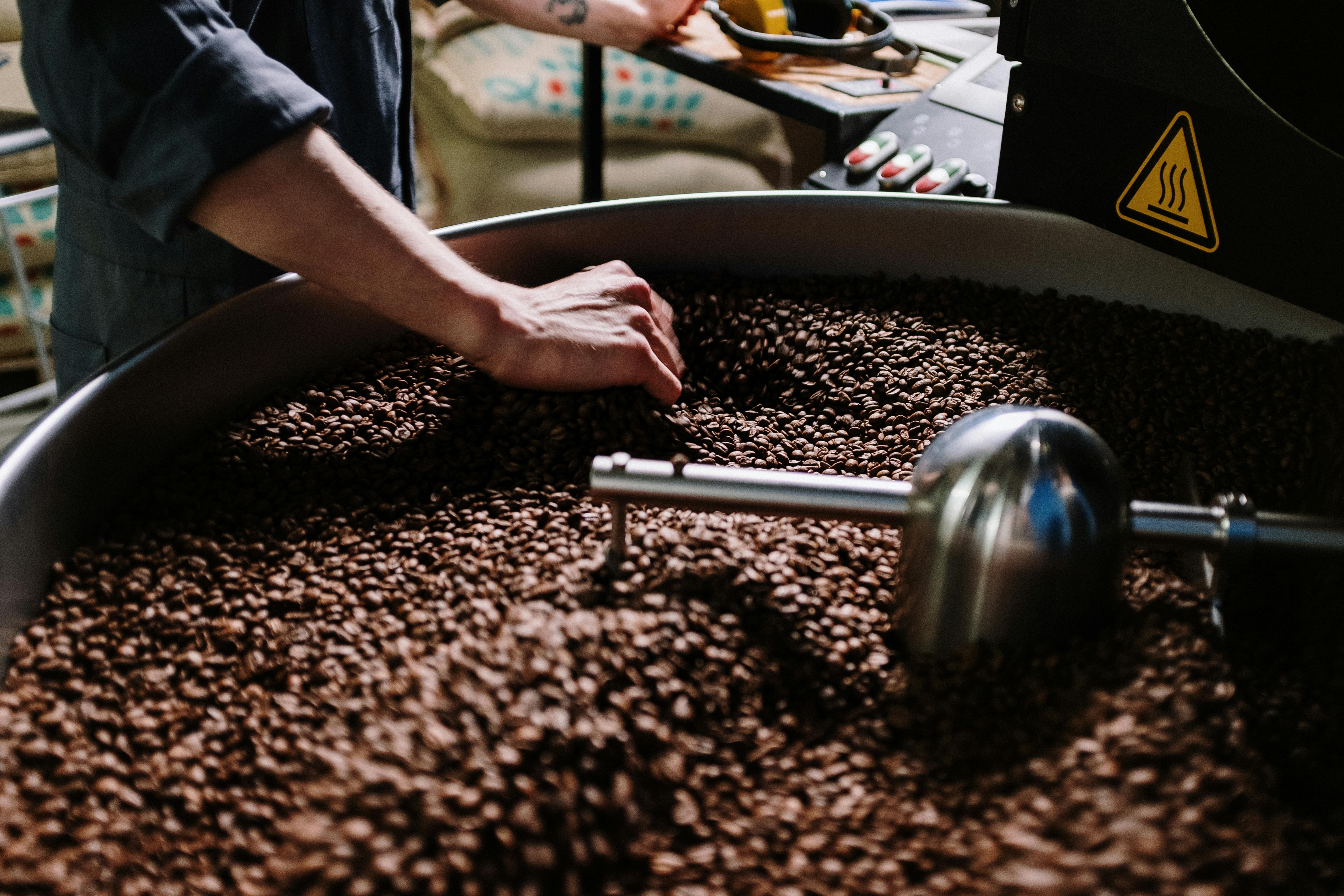In today’s busy world, with the holidays approaching, how can you do more? It is an issue that continues to press today in our active world. Here are some classic tips that save time but are not always standard in people’s habits.
1. Appointment settings: People often exchange long text messages or email conversations to schedule appointments. Create a free Google calendar for yourself at YouCanBookMe.com so people can choose and schedule a time. If your schedule cannot be standardized, at least shorten the correspondence by suggesting three times vs. round-trip messages. It is surprising how many messages it can take to get an appointment, unless a communicator presents several options to speed up the search for a schedule.
2. Measure your results; Maximize Your Time – When getting things done, many of us would love to take all the time in the world to make it “perfect.” The problem is that “perfect” is not only difficult to achieve, it is generally not “profitable.” This doesn’t mean you need to get rid of excellence, but it does mean you need to understand what is 80% optimal.
Recently at a conference, a speaker suggested a concept called “Get-mo,” short for “Get More.” It is similar to the Optimum philosophy. It’s looking at the task at hand, the time you have, and coming up with creative solutions to achieve the result. It is the epitome of maximizing time. Understand what is a “reasonable” amount of time to do a task or project or “spare time” and then find a way to achieve the results in that limited amount of time. Period. A lot of time is wasted or absorbed in tasks that take too long, which then results in errors, rework, parts that now need different solutions, as well as new emergencies that are interrupted because a task is taking too long.
3. Have daily routines. Many routines that we have are invisible to us. Think about how many things you do in the morning when you wake up. Most people are reduced to a little routine that they go through a lot “without thinking.” If you intend to take a few more tasks that you have on a regular basis and group them into AM Habits and PM Habits, your mind will count them as “one” task (compared to the number of tasks that are grouped in that routine). When you do them in the same order every day and perform the routine consistently, the task will shift from conscious awareness and effort to subconscious ability to perform. This means that you can do it quickly while your brain can cope or prepare for other things.
4. Stop multitasking, focus on one thing, and get done. The more we stress, the more common it is to leave things half done. We start something and then get distracted or jump to another task, often associated with what we were doing, but at the end of the day, we can get frustrated that a lot was touched but nothing was done. The key to getting traction is FINISHING. You have to choose a task; then be disciplined and stay focused until the END. It is important that the task is a specific action against a project, however, if it describes the “step” that needs to be done, focus there and do it.
5. Be organized. Have systems for your things and label them. My friend who is a professional organizer taught me this years ago. He even made me tag sections of my bulletin board! It helps to keep things organized and to find or process things. When you get a new contact, enter it on your phone, get the correct information, and enter it with your “contact naming settings”. Some people will leave out numbers and then look up that person later when they have the information but didn’t “enter” it. If you do these things when you first get them, you will find great time savings. When sending emails, use the subject line. It will help to search, sort and find later. When you have files, have a “file system” so you can archive things in the right place. It’s easy to save everything to your desktop or C: drive, but then hard to find. If you have a system with your key folders set up and then you have that same system on email, soft folders, and paper folders, you will find that your mind can quickly organize and adjust to the system.
6. Start with the end in mind: know the goal and what you are trying to achieve. As stated in point 4, know what you are really trying to achieve. Sometimes we start projects or tasks, only to get stuck in need of more information, supplies, another part to do, etc. This often results in partially completed projects. This not only takes up space and mental energy, but is also emotionally distracting to have partially completed projects. Whenever possible, know what the “end” is and work to finish the task to the end.
7. Have a list and plan. Some people think they have a great memory and don’t like to write things down. Sometimes we feel too busy to stop and make a list. Other times people are just not “list builders.” The point is, making a list is useful for your brain. It clears the different thoughts that float around and allows the organization of those thoughts and priorities. No matter what “type” of person you are or not, the brain works most efficiently when it can download thoughts and tasks, organize priorities into a list, and get going.
8. Get to the point. Small talk and relational connection are important, however time is often wasted by not being prepared for what the goal and purpose of time is. In meetings (even a 1-1) have an agenda, have an identified goal and focus on that, set a time limit, defend meetings, have a note taker, highlight actions. Time is valuable to everyone and most people appreciate it when their time is respected and the course is kept.
9. Order. While some people feel that “things” are not a problem or are an “organized mess”, the truth is that humans work faster with a clear desk and an organized space. You can find things faster, lose less, and be more focused. A study was conducted years ago that looked at people at their desks cluttered versus cluttered and even those who loved and wanted to keep a cluttered desk were shown to work faster and more efficiently without the clutter. Take time every day to clean your desk. Take time each night to “sweep clean” and clean up your house. Clear and clean your car, purse, whatever you use regularly. This will make a difference.
10. Get up early. The first is the first. The most important thing should be done first thing in the day. That’s why “Eat that Frog” is a great concept and “Miracle Morning” is a fundamental productivity tool. It makes your mind focus and all the “critically important” but not urgent items are done. I confess, I am NOT an early riser and it is not always easy for me to understand this, but it is true when you do these things (affirmations, mediations, exercise, learning / reading, journaling, etc.) you get off on the right foot. And it will make sure you do. You can drag them onto your to-do list for the day and sometimes these items may be selected at lunch, late in the work day, or in the afternoon and at a better time, but the truth is what you want to MAKE SURE you do, do it in the best of the day!
There may be things you already do and things you don’t think you can do, but find and choose ONE that you can do to support your efforts to get more done in your life.


